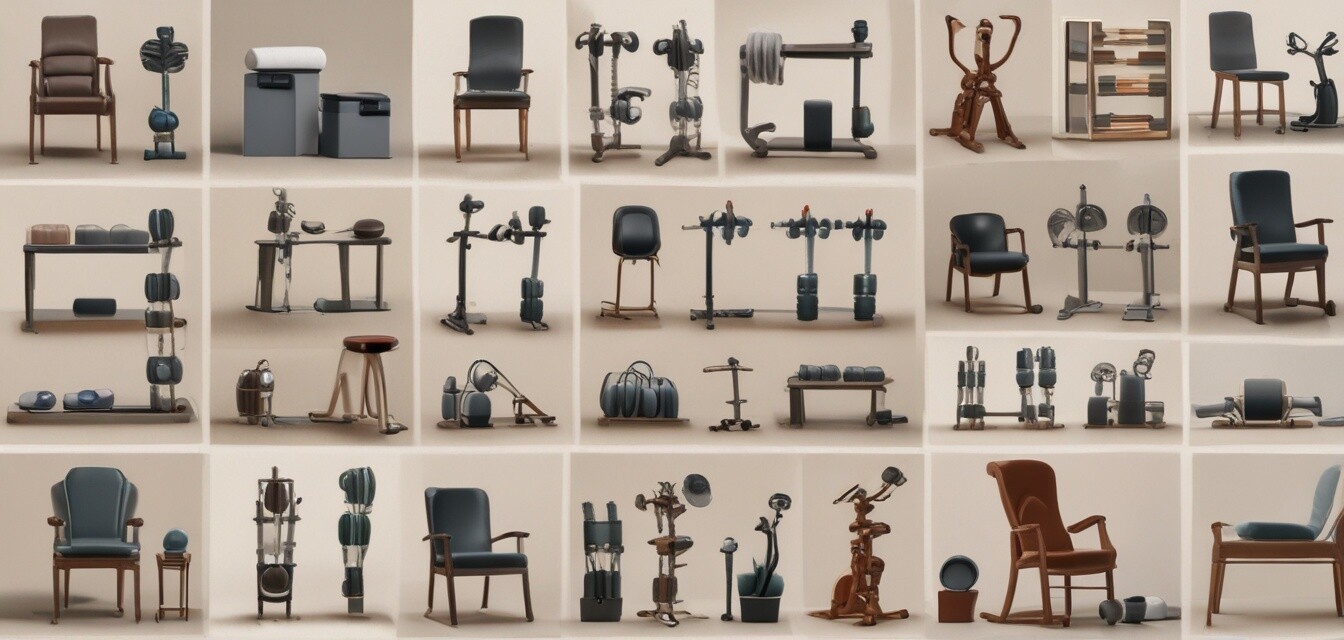
Creative Home Workout Solutions for Seniors
Key Takeaways
- Household items can be used effectively for strength training.
- Safety should always be a priority during workouts.
- Adaptability of exercises is important for seniors with varying abilities.
- Consistency is key to achieving fitness goals at home.
As we age, maintaining strength and mobility becomes crucial to overall well-being. However, many seniors may find it challenging to access a gym or purchase expensive fitness equipment. Thankfully, there are numerous creative solutions to turn everyday household items into effective workout tools. In this guide, we will explore innovative ways seniors can engage in strength training and fitness routines right at home.
Household Items as Workout Equipment
Everyday items can serve multiple purposes, including as functional strength training tools. Here are some common household items that can be incorporated into your workout routine:
| Household Item | Workout Function | Exercise Examples |
|---|---|---|
| Water Bottles | Weights | Shoulder presses, bicep curls |
| Chairs | Support and stability | Chair squats, tricep dips |
| Towels | Resistance bands | Seated rows, standing chest pulls |
| Sturdy Tables | Balance and strength | Push-ups, incline planks |
| Backpacks | Weight vest | Deadlifts, weighted squats |
Effective Exercises Using Household Items
Now that we have identified which items can be used, let's delve deeper into some effective exercises that can be performed.
1. Water Bottle Exercises
Water bottles can be filled with varying amounts of water to create the ideal weight for strength training. Here’s how to use them:
- Shoulder Press: Stand or sit tall, hold a water bottle in each hand, lift them above your shoulders, and lower back down.
- Bicep Curl: Keeping elbows close to your torso, lift water bottles up to your shoulders and back down.
2. Chair-Based Exercises
A sturdy chair is an excellent resource for support and stability:
- Chair Squats: Stand in front of the chair, lower down as if you were going to sit, and then rise back up.
- Tricep Dips: Sit on the edge of the chair with hands at your sides, lower down using your arms, and push back up.
3. Towel Resistance Exercises
Towels can be used for effective resistance training, providing a dynamic workout:
- Seated Rows: Sit down, hold onto a towel with both hands, pull the towel towards your torso while sitting straight.
- Standing Chest Pulls: Stand tall, hold a towel behind your back, and pull it apart.
Staying Safe While Exercising at Home
Safety is paramount, especially when exercising alone at home. Here are some tips:
- Always ensure equipment (or household items) used are stable and secure.
- Have a clear space free from obstacles.
- Start with light weights and gradually increase as you build strength.
- Consult with a healthcare professional before starting any new exercise routine.
Building a Consistent Exercise Routine
Consistency is crucial to seeing improvements in strength and fitness. Here are some strategies for building a regular workout routine at home:
- Set a Schedule: Designate specific days and times for workouts to create a routine.
- Start Small: Aim for short workouts initially; 15-20 minutes is a great start.
- Track Progress: Keep a journal or use a fitness app to log your workouts and achievements.
- Mix It Up: Incorporate a variety of exercises to avoid boredom and keep challenging your body.
Conclusion
Strength training doesn't have to be limited to a gym or expensive equipment. By utilizing creative solutions with everyday items found around the house, seniors can engage in effective workouts right in their living rooms. Prioritize safety, remain consistent, and most importantly, enjoy the process of improving your fitness at home.
Tips for Beginners
- Listen to your body and avoid any exercises that cause pain or discomfort.
- Work out with a friend or family member for motivation and support.
- Consider checking out our safety tips for additional guidance.
- Explore more on exercise equipment options if looking for additional tools.
Pros
- Utilizes items you already have
- Enhances creativity in workouts
- Encourages safety through familiar surroundings
Cons
- Limited weight options
- May lack guidance without professional advice